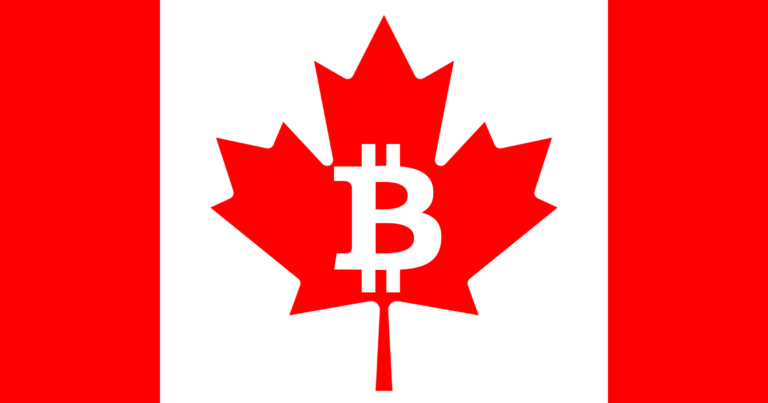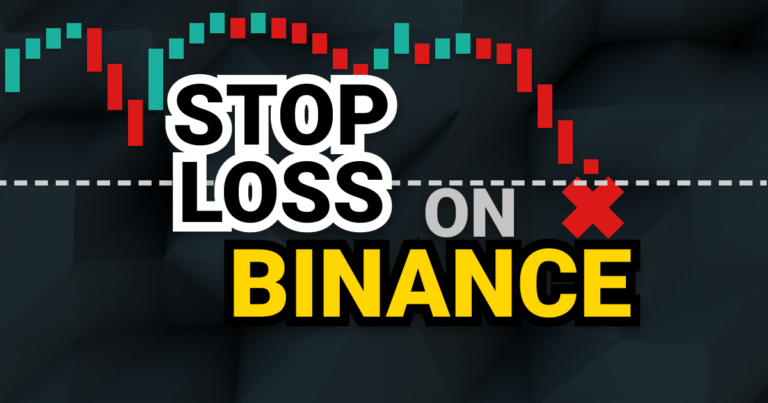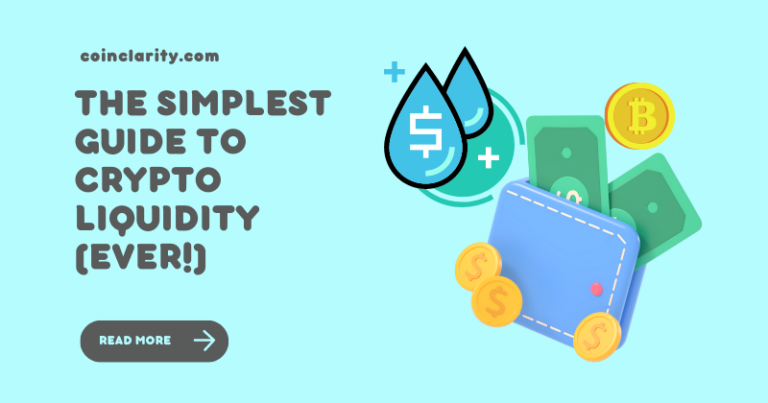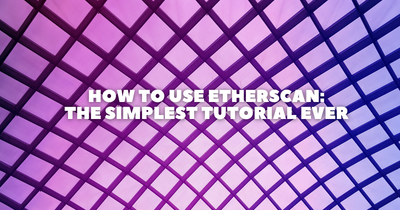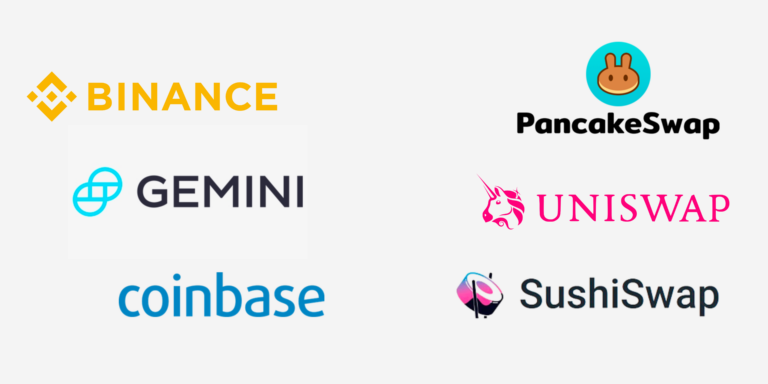A Deep Dive into Cartesi – An Innovative Approach to Scaling Ethereum
Cartesi is a decentralized blockchain platform, developed to tackle the issues of scalability and compatibility within the industry. Established in 2018 by Erick de Moura, Augusto Teixeira, Diego Nehab, and Colin Steil, Cartesi aims to streamline the adoption of blockchain technology by enhancing its potential for real-world applications. The platform’s native token, CTSI, serves a crucial role in enabling the functionality of the Cartesi ecosystem.
Built on top of the Ethereum network, Cartesi brings a unique approach to smart contract development by allowing developers to use mainstream software components and powerful tools. This compatibility allows complex applications to run on a decentralized platform, bridging the gap between traditional software development and blockchain technology. As part of the Cartesi ecosystem, the CTSI token is utilized for various purposes, such as staking, voting in governance decisions, and accessing platform features.

As the demand for scalable, efficient, and user-friendly blockchain solutions grows, Cartesi has the potential to fill this market niche and revolutionize the world of decentralized application development. By offering an accessible platform for developers and leveraging the CTSI token, the Cartesi ecosystem could be a game-changer in driving adoption and transforming the overall landscape of the blockchain sector.
What Is Cartesi Crypto (CTSI)
Cartesi Token
Cartesi (CTSI) is a decentralized Layer 2 infrastructure that aims to help developers from traditional programming backgrounds to build apps on the blockchain using a programming environment they are already familiar with, such as Linux1. The Cartesi token (CTSI) powers the Cartesi Proof of Stake network and is primarily used for incentivizing Cartesi node operators to engage with the network2. For more information about acquiring CTSI and the current price of the token, read our guide on how to buy CTSI.
Linux Runtime
One of the key features of Cartesi is its focus on providing a Linux runtime for developers. This allows them to create smart contracts using familiar programming languages like Python3. By offering a familiar environment, Cartesi aims to make it easier for developers to transition from traditional programming to blockchain development.
Smart Contracts
Cartesi enables developers to write smart contracts using coding languages they are already familiar with, such as Python4. This sets Cartesi apart from other blockchain platforms, which often require developers to learn new programming languages to write smart contracts. Using familiar languages allows developers to leverage their existing skills and lowers the barrier to entry into the world of blockchain development.
Off-Chain
Cartesi’s infrastructure focuses on off-chain computations, which essentially means that complex computations can occur off the main blockchain, thereby reducing the load on the main chain and, in turn, transaction fees and network congestion. This off-chain capability is a crucial aspect of Cartesi’s Layer 2 scaling infrastructure5.
CTSI Token
The CTSI token is the utility token of the Cartesi platform. It is used for a variety of functions, such as fueling the Noether Proof of Stake system6. Stakers can receive rewards in CTSI and can also stake or become a node runner. This creates an incentive for participation in the Cartesi network and contributes to the overall growth and development of the platform.
Technological Innovations
Descartes
Descartes is a key component of the Cartesi ecosystem. It is a decentralized computation platform designed to enable developers to build scalable and secure decentralized applications (dApps) using familiar programming languages and software stacks. Descartes allows developers to create complex smart contracts on Linux in a way that’s verifiable by the blockchain, bringing mainstream programming practices to the world of decentralized computing.
One of the main benefits of Descartes is the use of off-chain computations. This means that only the results of these computations are submitted to the blockchain, reducing the overall load on the network and allowing for faster, more efficient processes.
Noether
Noether is the name of Cartesi’s side-chain system and a critical part of its Layer-2 technology. Its primary function is data availability, ensuring the persistence and accessibility of crucial off-chain data. Noether rewards participants in the network, known as Node Operators, with its native token, CTSI, for their services.
Node operators stake their CTSI tokens to participate in the network. They are then responsible for maintaining the Noether side-chain and ensuring data availability. This process creates a sense of security and transparency in Cartesi’s proof-of-stake algorithms.
Layer-2 Technology
Layer-2 technology refers to solutions built on top of existing blockchain platforms, aiming to enhance their performance, scalability, or functionality by utilizing off-chain resources. Cartesi incorporates Layer-2 technology through its Descartes and Noether components, allowing complex computations to be performed off the main blockchain.
By leveraging these Layer-2 innovations, Cartesi provides developers with an environment where complex dApps can be built while maintaining the security and decentralization benefits of blockchain technology.
Integration and Interoperability
Cartesi (CTSI) has been actively working on integrating its technology with various blockchain platforms to enhance its interoperability. This section highlights the key collaborations and how they work together.
Avalanche
Cartesi has announced a partnership with Avalanche, aiming to expand its Layer-2 infrastructure by integrating with the fast and scalable Avalanche platform. This collaboration will enable developers to create scalable and efficient decentralized applications (dApps) leveraging both Cartesi and Avalanche’s features.
Binance Smart Chain
Cartesi has also integrated with Binance Smart Chain (BSC), a high-performance Ethereum-compatible blockchain. This integration allows CTSI token holders to participate in decentralized finance (DeFi) applications on the BSC network. Developers can also build dApps using Cartesi’s technology on BSC, benefiting from lower gas fees and faster transactions.
Polygon
Another important partnership for Cartesi is its integration with Polygon, formerly known as Matic Network. This collaboration aims to improve the scalability and security of Cartesi-based dApps while utilizing Polygon’s Layer-2 scaling solutions. The integration also provides additional incentives for users and developers by offering access to a broader ecosystem of tools and services on the Polygon network.
Arbitrum
Cartesi and Arbitrum have a shared goal of improving Layer-2 scaling solutions for blockchain applications. With Arbitrum’s Ethereum-compatible Optimistic Rollup protocol, the Cartesi network can leverage enhanced security and scalability. This integration enables developers to create more sophisticated and efficient dApps that can benefit from both Cartesi’s smart contract capabilities and Arbitrum’s roll-up technology.
Optimism
Finally, Cartesi’s commitment to improving blockchain scalability and high fees includes working with Optimism, a platform pioneering Optimistic Rollups. By integrating Optimism’s technology, Cartesi aims to facilitate developers in creating highly efficient smart contracts and increase the overall performance of the network.
In conclusion, Cartesi continues to prioritize integration and interoperability with key blockchain platforms such as Avalanche, Binance Smart Chain, Polygon, Arbitrum, and Optimism. These collaborations enable the Cartesi network to leverage the strengths of each platform, improving scalability, efficiency, and adoption of decentralized applications.
Staking CTSI and Earning Rewards
Become a Node Runner
Becoming a node runner is one way to participate in the Cartesi ecosystem and earn rewards. Users who want to be node runners need to set up and maintain a node, which will represent their stake in the network. By running a node, users can contribute to the network’s security and performance, and earn a portion of the generated rewards.
Buy CTSI
To begin staking CTSI and earning rewards, users first need to acquire CTSI tokens. These tokens can be purchased on various cryptocurrency exchanges, such as Binance or Coinbase. After acquiring CTSI tokens, users will also need a compatible wallet, such as MetaMask or Trust Wallet, to store and manage their tokens. It’s essential to have enough CTSI tokens for staking and some ETH for gas fees when participating in staking pools.
Earn CTSI Rewards
There are multiple ways to earn rewards by staking CTSI tokens:
- Delegate to a decentralized pool: Users can delegate their CTSI to a decentralized pool of their choice, with each pool having its own commission taken from pool rewards to cover costs and generate profit.
- Stake directly as a node runner: As mentioned earlier, users can stake directly by running their own node to represent their stake, contributing to the network’s stability and performance.
- Use a staking wallet: Staking wallets like Atomic Wallet allow users to choose a validator, stake CTSI, and claim rewards directly through the wallet’s interface. Rewards are automatically sent to the staking address.
To maximize earnings, users can explore different staking options and validators, use a staking calculator, and stay informed about the latest developments in the Cartesi ecosystem. By staking CTSI and earning rewards, users can actively support the Cartesi network and benefit from its growth and adoption.
Exchanges and Wallets
In this section, we will discuss the various exchanges and wallets where you can buy, sell, store, and manage Cartesi Crypto (CTSI).
Major Exchanges
Cartesi (CTSI) is available for trading on several well-known exchanges. The most notable ones include:
On these platforms, you can trade CTSI with various fiat currencies (USD, EUR) or stablecoins (USDT, BUSD) and cryptocurrencies (BTC, BNB). Be aware that each exchange may have different trading fees, deposit, and withdrawal limits, so it is important to research and compare them before choosing where to trade CTSI.
Mobile Wallets
As Cartesi is an ERC-20 token operating on the Ethereum blockchain, you can store CTSI in a wide range of wallets, both hardware, and software. Some popular mobile wallet options include:
These wallets allow you to manage, send, and receive CTSI directly from your mobile device. Keep in mind that it is essential to maintain the security of your private keys and perform regular backups to protect your CTSI holdings.
ERC-20 Token
CTSI is an ERC-20 token, which means it is built on the Ethereum blockchain. This provides several benefits, such as:
- Wide compatibility: ERC-20 tokens can be stored and managed on a vast range of wallets and exchanges.
- Smart contract functionality: Cartesi leverages Ethereum’s smart contract capabilities to enable complex logic and operations on the network.
- Network effect: Being an ERC-20 token means CTSI benefits from Ethereum’s vast developer community, robust infrastructure, and ongoing network upgrades.
In sum, it is crucial to choose the appropriate exchange and wallet for trading and managing your CTSI tokens. Always prioritize security, and stay updated with the latest developments in the Cartesi ecosystem to make well-informed decisions.
Scalability and Security
Decentralized Applications
Cartesi aims to address the issues of scalability, security, and decentralization in blockchain applications. By utilizing a unique approach, it is able to improve computational power, throughput, and latency, and reduce the overall cost per transaction. This leads to a more efficient system, designed to handle complex decentralized applications (dApps) with ease. An essential part of Cartesi is its ability to offer million-fold computational scalability compared to typical blockchain systems.
Descartes Rollups
One of the key innovations in Cartesi is the introduction of Descartes Rollups, a layer-2 scaling solution that enables off-chain computations without compromising security. These rollups leverage Cartesi’s Linux-based environment, allowing dApps to run computations without worrying about high fees or other limitations typically associated with on-chain transactions. Descartes Rollups also ensure that all computations done off-chain are reproducible and verifiable, maintaining transparency and security.
Optimistic Rollups
While Descartes Rollups represent a significant step forward in scalability and security solutions, Cartesi’s exploration in the area does not stop there. Future plans involve investigating other layer-2 solutions, such as Optimistic Rollups. These rollups aim to minimize the amount of data needed for verifying off-chain transactions, further reducing gas fees and speeding up transaction processing times.
Cartesi’s focus on scalability and security sets the stage for a robust platform for decentralized applications that can handle complex computations with ease. From Descartes Rollups to potential future scaling solutions like Optimistic Rollups, Cartesi is continually working to revolutionize the blockchain space. With its transparent and secure approach, Cartesi shows great promise for developers and users alike.
Cartesi Ecosystem
Roadmap
Cartesi (CTSI) has an ambitious roadmap that envisions extensive development and growth for the project. Some key milestones include the launch of its Descartes rollup and the expansion of its staking system. Descartes rollup is an optimistic roll-up solution designed to enhance scalability, and the staking system aims to secure the network and encourage user participation through rewards.
Expanding Use Cases
The Cartesi platform is designed to enable the development of computationally intensive decentralized applications (dApps). These dApps can run on a Linux environment, providing developers the flexibility to create complex solutions on multiple blockchains. Cartesi’s framework and portable nodes make it a versatile choice for expanding use cases beyond traditional decentralized applications, such as gaming, AI, and the Internet of Things (IoT).
Community Involvement
To foster greater community involvement, Cartesi has created the Community Grants Program. This initiative gives CTSI token holders a stake in the governance process, allowing them to vote on proposals and contribute ideas. The voting power of each individual is proportional to the amount of CTSI tokens they have staked in Cartesi’s Staking Portal. This encourages long-term commitment and active participation in the project’s direction and development.
The Cartesi Ecosystem is an innovative platform transforming the landscape of blockchain and decentralized applications. With its roadmap, expanding use cases, and focus on community involvement, Cartesi is paving the way for the future of scalable, accessible, and interoperable blockchain solutions.
FAQ
What is Cartesi Crypto (CTSI)?
Cartesi is a decentralized, layer-2 platform that aims to bring large-scale software computations to the blockchain. It uses a native token called CTSI, which is a utility token that serves various purposes within the Cartesi ecosystem.
How can I stake CTSI?
To stake CTSI, there are multiple options available:
- Delegate your CTSI to a decentralized pool of your choice. Each pool has its own commission taken from pool rewards to cover costs and generate profit.
- Run your own node to represent your CTSI stake.
For a detailed tutorial on staking CTSI, you can refer to the Cartesi Staking FAQ.
What is the role of the CTSI token in the Cartesi ecosystem?
The CTSI token serves several functions within the Cartesi ecosystem:
- A utility token for transactions and fees.
- A token for Cartesi’s Community Grants Program.
- A token for governance, where CTSI voting power is proportional to the amount of CTSI tokens staked in a pool.
You can learn more about the CTSI token usage here.
How can I deposit CTSI for staking?
To deposit CTSI for staking:
- Set an allowance by clicking the “Deposit” button and selecting a comfortable amount for yourself.
- Click “Approve” and confirm the Metamask notification pop-up.
- Once the approval is complete, deposit the CTSI.
What are the benefits of staking CTSI?
Staking CTSI allows users to earn a passive income through rewards generated from participating in the network’s consensus mechanism. Additionally, staking CTSI grants users voting power within the Cartesi governance system, giving token holders a say in the future direction of the platform.
Footnotes
- What is Cartesi: Bringing A Familiar Language to Blockchain ↩
- What is Cartesi? | CTSI Crypto | Kraken ↩
- What Is Cartesi? 7 Things to Know About the Red-Hot CTSI Crypto ↩
- What is Cartesi? | CTSI Crypto | Kraken ↩
- What Is Cartesi? 7 Things to Know About the Red-Hot CTSI Crypto ↩
- What is Cartesi? And how does CTSI work? (2023 edition) ↩
